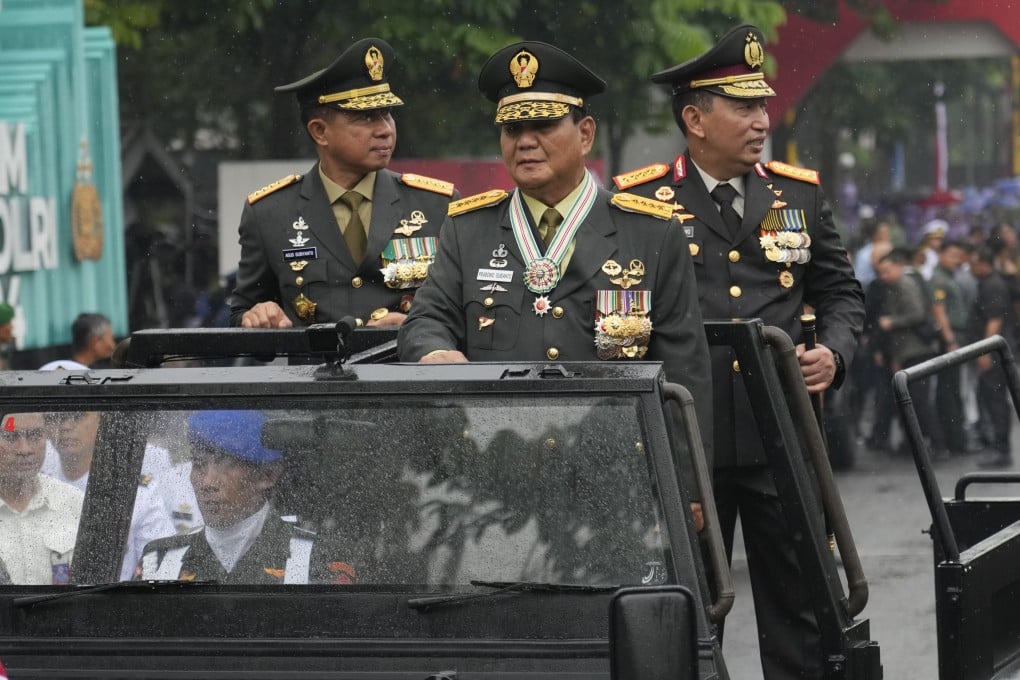Asian Angle | As Indonesia’s army expands under Prabowo, is society the target?
Critics question if the Indonesian military is quietly reasserting the broad ‘dual function’ influence it once had over civilian affairs

The transformation will focus on two key initiatives. First, the army plans to increase regional military commands (Kodams) from the current 15 to 37, with five expected to be operational this year. The eventual goal is that almost every province will have its own army command. Second, the army aims to establish 100 territorial development battalions this year, deploying them in every district across the country within five years.
Below the Kodam level, after a subregional command (Korem) is formed, a military district command (Kodim) usually follows. Kodims function as the army’s territorial unit at the district level. The creation of new Kodams can significantly increase the military presence in a region, as they typically oversee two to three Korems, with multiple infantry battalions and specialised units like engineers, cavalry and field artillery.
The official justification for this expansion emphasises improved national defence and territorial management, but critics question whether it reasserts military influence in civilian affairs. Is the army truly enhancing national security, or is this a return to a dual function that blurs the lines between military and civilian roles under a president who is, after all, a four-star general?

So far, three combat battalions, comprising 2,100 personnel, have been established and deployed to Merauke, South Papua. These battalions will support five new units designated for the Papua region. The remaining two battalions will be stationed in West Papua and Southwest Papua.